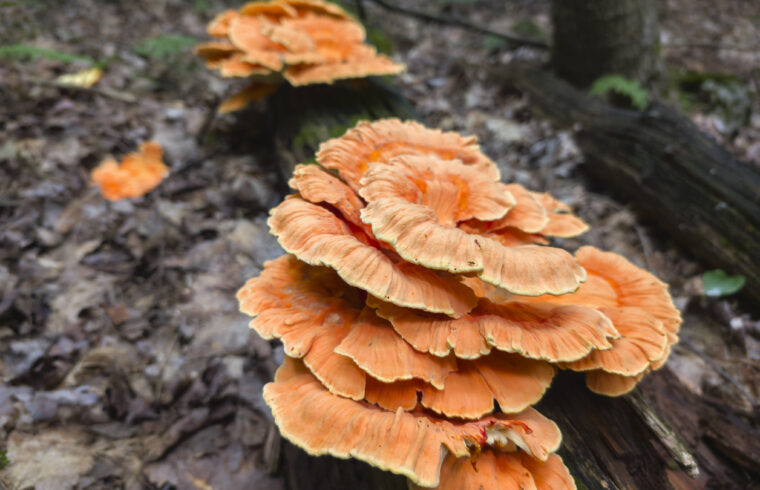By Adam Frisk
The summer-long drought has taken its toll on trees, crops, some local businesses and now it seems to have taken the fun out of peak fungi season.
For many outdoor enthusiasts, foraging for mushrooms is an autumn tradition. This time of year is seen as peak fungi season, but for many shroom hunters, the forest isn’t exactly popping with fruit.
“It’s been a historic drought. I actually looked back at some of the records and I haven’t seen any data anywhere that there’s been seven weeks where we didn’t have rain,” outdoor educator Stephan Lukacic said in a Sept. 10 telephone interview. “And that has really negatively affected mushrooms. Mushrooms are like us, they’re 95 per cent water, they need water.”
For the month of August alone, the county saw only about 20 millimetres of rain, according to historical data from Environment And Climate Change Canada.
Lukacic explained that the mycelial network, which is the underground web of fungal threads within the forest floor and the organism that makes mushrooms, for it to even consider popping up a fruit, it needs that basic element – water.
“Looking at the data, we’re short almost 50 per cent of our annual rainfall right now, what the forest should have had and that deficit is a big question mark,” the avid forager said. “The forest is still very dry even though we had some decent rain. It’s just soaking it up like a sponge and I’m still not seeing a ton of fungal activity.”
Fungi play a crucial role in breaking down organic matter and recycling nutrients while supporting the health of trees, plants and a slew of other organisms. When fungal growth slows in a forest, it slows down tree growth, affects soil health and water retention and the overall health of the forest.
In autumn, that’s when the forests usually produce a variety of species, from prized chanterelles and the common oyster mushrooms, to king boletes and the hen of the woods.
“Trumpets come this time of year,” Lukacic said. “They usually come earlier but all my trumpet spots were dry as a bone, they didn’t fruit at all over the summer.”
The outdoor educator, who teaches an introductory course about foraging for wild edible mushrooms with Deep Roots Adventure, still remains hopeful for the fall mushroom season but said we simply need rain, and lots of it.
“It’s a wild card. With climate change all of nature is upside down, everything is topsy-turvy,” Lukacic said. “The migratory patterns are being affected, mushrooms, plants… plants are resilient and they can bounce back but mushrooms on the other hand, it’s bad news, man.”
If you are interested in learning more about wild mushrooms, Lukacic has two remaining identification courses left for the season, one on Sept. 27 and the other the following week on Oct. 4. Check out deeprootsadventure.com for more information.





 Chicken of the woods pictured in this 2024 file photo. /ADAM FRISK staff
Chicken of the woods pictured in this 2024 file photo. /ADAM FRISK staff 





